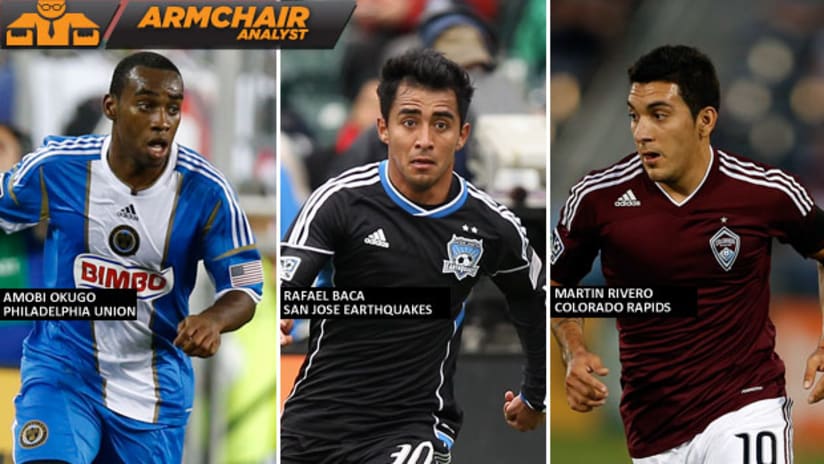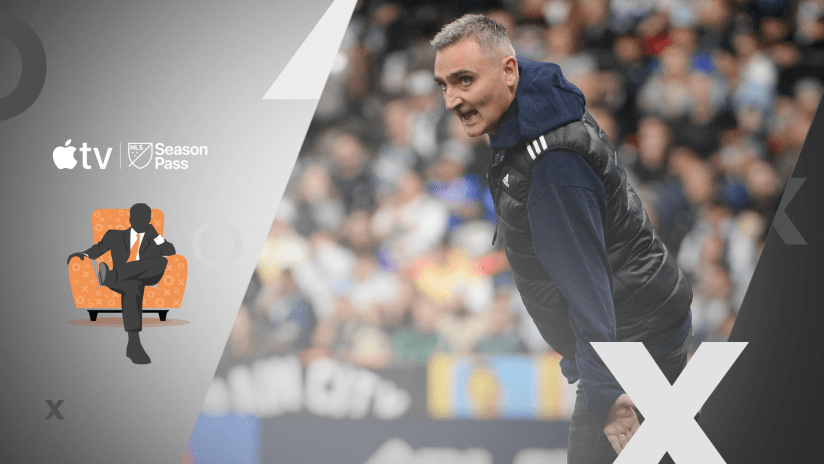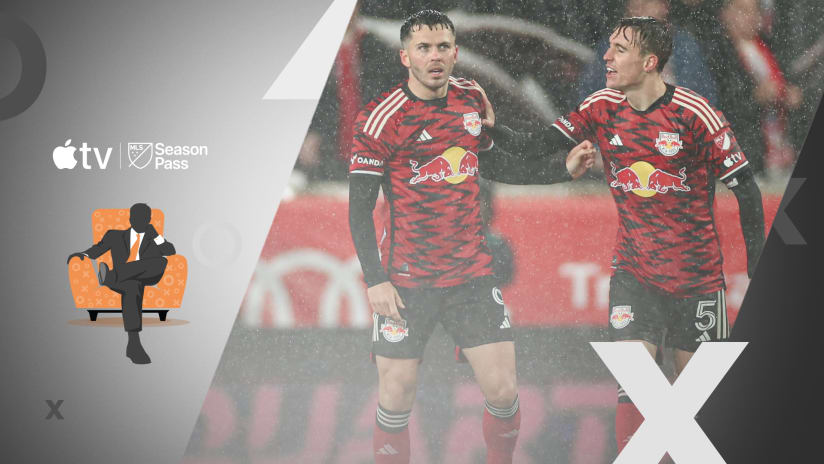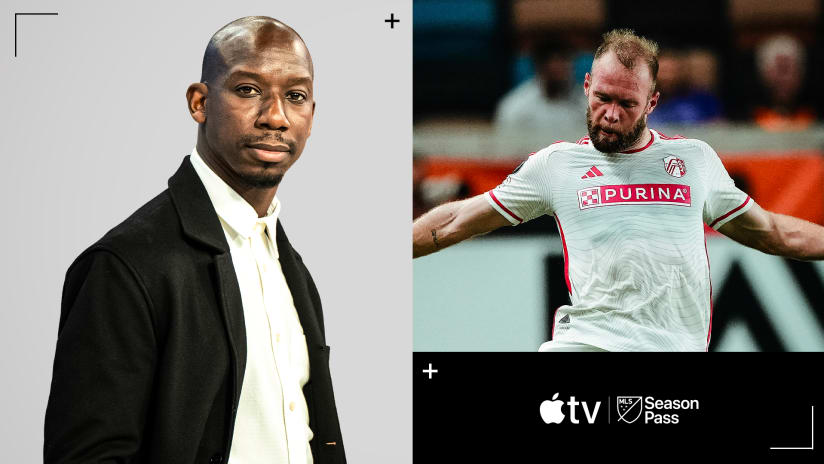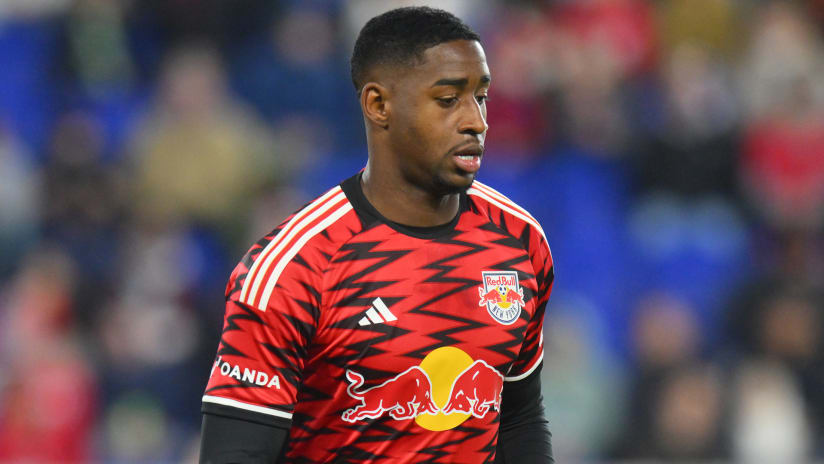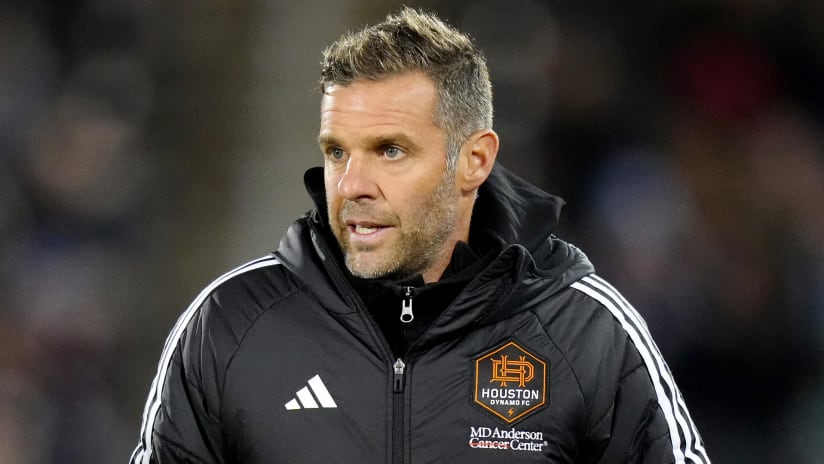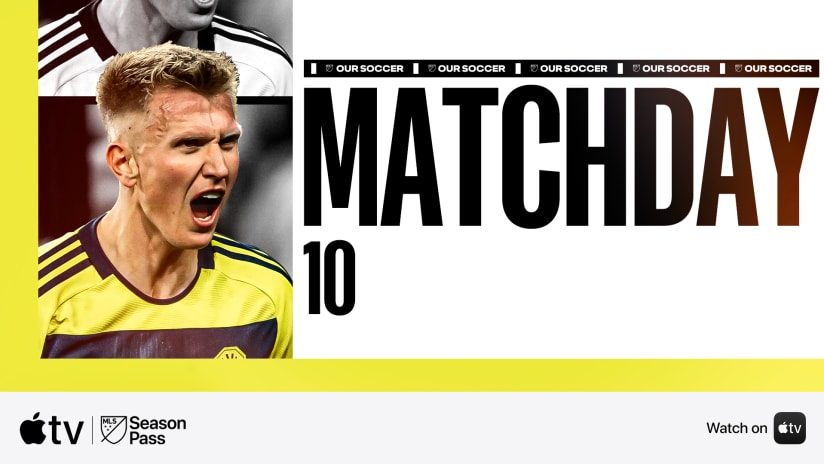Ok, now you’ve seen the full 24 Under 24 list. And if you’re a Whitecaps fan, you probably like it. If you’re a Sporting KC fan, you’re cool with it. D.C. United? Probably OK.
If you’re a fan of just about any other team in the league, then you’ve got some serious gripes. And that, my friends, is the point of making these lists. Or any list, really.
(Side note: I’m a cinephile, and for cinephiles, there is simply nothing bigger than the “Sight and Sound” list of the 10 greatest films of all time. It comes out just once every 10 years, and in the words of Roger Ebert, “It is the only list that matters.”
It just so happens that the latest version was released in August, and Hitchcock’s Vertigo bumped Welles’ Citizen Kane for the No. 1 spot. Did I spend the last six weeks arguing about that with my wife – who has a cinema studies degree from NYU and a level of expertise on the subject of film that I could never hope to achieve? Yes. Of course I did. Lists rule.)
Argument is good. Debate is good. Finding new and creative ways to insult the fans and players of the opposing teams is good. Defending some of your favorite players? Also good.
So that’s what I’m going to do now. Here are five guys who didn’t make the 24 Under 24 list but absolutely, positively should have. And if you disagree, I will spend the next six weeks of my life arguing with you about it.
5. Ashtone Morgan, left back, Toronto FC
Why he should have made it: At just 21 years old, he’s already the third-best attacking fullback in the league (only Steven Beitashour and Chance Myers are better of regular fullbacks). He’s got five assists – all from the run of play – which is second only to Beitashour among fulltime defenders. And Morgan goes endline-to-endline as well as just about anyone, since both his quickness and top-end speed are nearly elite.
Add in the fact that he plays a position of need and can cross with either foot, and his absence is kind of shocking.
Why he didn’t make it: “Hi, I play defense for Toronto FC,” is just about the worst way to impress anyone these days.
4. Matt Hedges, center back, FC Dallas
Why he should have made it: Young defenders who are polished, dominant in the air, relatively mistake-free on the ground and vocal in directing traffic are basically the stuff of legend these days. The last center back to come into MLS and fit those bills was Omar Gonzalez, and while Hedges isn’t at that level, he’s not far off.
GOAL: Hedges gives Dallas the lead
(Austin Berry’s not far off, either, but like Omar, he’s a couple of weeks too old for this list. Either way, 2012 is a bumper crop for rookie central defenders in MLS).
Like Gonzalez at a similar age, Hedges still has to improve his footwork, and he has to better learn to anticipate play so his relative lack of quickness doesn’t become an issue. But given how he’s improved throughout the course of the season, there’s no reason to expect he’s anywhere near his ceiling.
Why he didn’t make it: Voting took place when Dallas were in the middle of a 4,000-game winless streak. Hard to make an argument for that.
3. Amobi Okugo, center back, Philadelphia Union
Why he should have made it: If Hedges is the classic “throwback” central defender, then Okugo is the prototype for the new model on the backline.
He’s relentlessly mobile, comfortable with the ball at his feet, and more notable for his speed and agility than his size. Like plenty of others before him – Geoff Cameron is the name you're thinking of – he’s a converted midfielder who’s only gotten better now that the game’s mostly playing out in front of him. That’s helped cut down on the learning curve as he’s become a clear first XI player for John Hackworth in Philly.
The only concern about his long-term potential is his vulnerability in the air.
Why he didn’t make it: Okugo was about three games into his career as a central defender when votes were cast. Up until that point, he was basically a mediocre backup defensive mid.
2. Martín Rivero, attacking midfielder, Colorado Rapids
Why he should have made it: A true No. 10 who’s been productive (one goal, eight assists), who’s shown he can handle the physical rigors of the league, who’s been willing to track back defensively, who hasn’t griped and who serves as good a dead ball as anybody save David Beckham, Federico Higuaín or Brad Davis.
SAVE: Rivero kept out by Hartman
That’s Designated Player territory. Rivero’s absence is a pretty glaring oversight.
Why he didn’t make it: The God’s honest truth is that Rivero didn’t make it because he’s not a prat. If he was moody, myopic and prone to the “me first” behavior many of us associate with the typical Argentine enganche (think Juan Román Riquelme), he’d have captured everyone’s imagination. We want our No. 10s to be tortured artists, not hard-working, team players.
1. Rafael Baca, attacking midfielder, San Jose Earthquakes
Why he should have made it: Five or 10 years from now, when the soccer version of “sabermetics” is nice and polished, Baca will be the exact type of player who technical directors are desperate to uncover. He never loses the ball in traffic, is one of the league’s best at winning the second ball, plays passes to space instead of feet, and covers a Michael Bradley-esque amount of ground.
Everyone around him plays better when he’s out there, and the butterfly effect is that the entire team plays better. We don’t have stats to quantify that – yet.
Why he didn’t make it: Because we don’t have stats to quantify that yet.
But one day – hopefully soon – we will. And that’ll be when guys like Baca are near the very top of this list instead of left off entirely.
Matthew Doyle writes the Armchair Analyst column for MLSsoccer.com.

